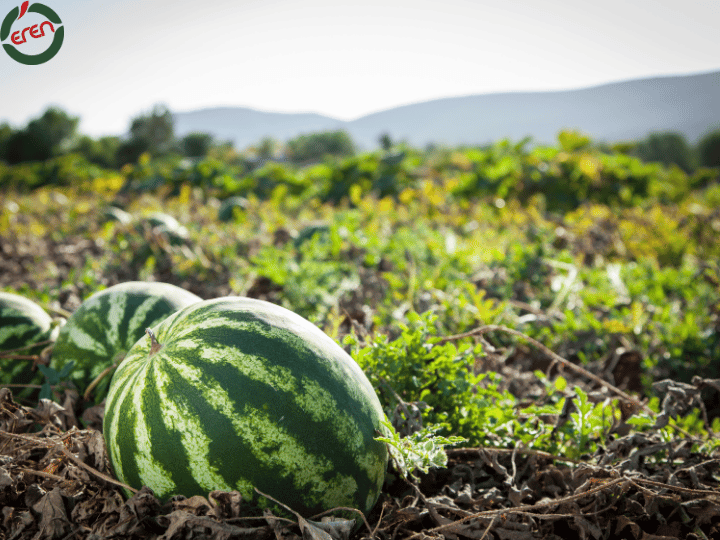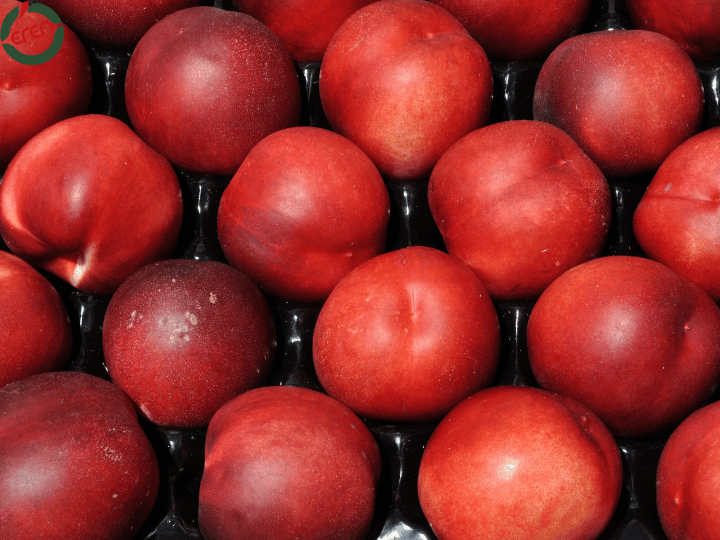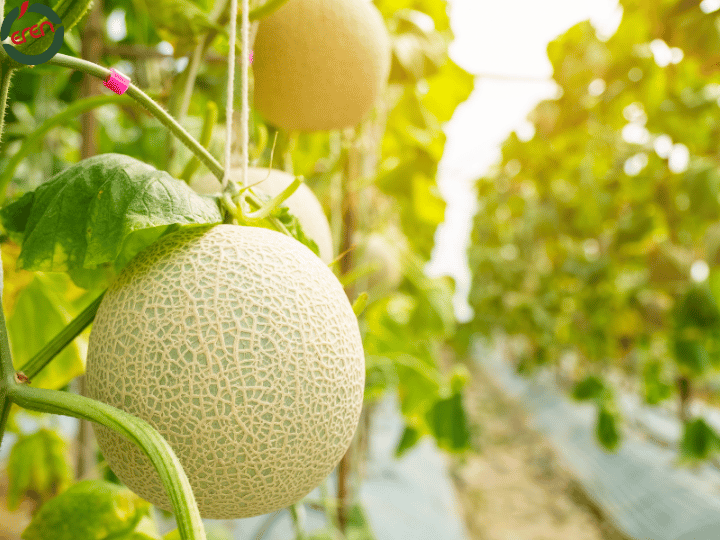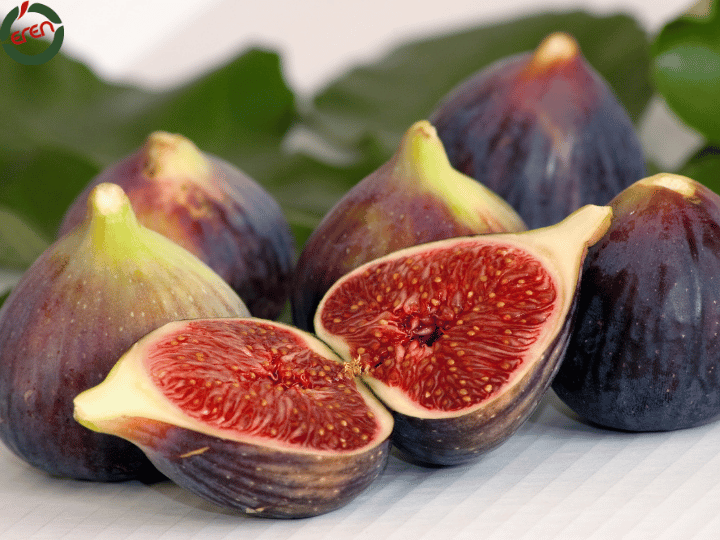When Are Watermelons in Season Expert Tips for Peak Harvest Success
When is Watermelon Season
Summer is synonymous with the sweet, juicy flavor of watermelon. For many, this delightful fruit epitomizes long sunny days and warm evenings under the stars. Growing watermelons in your backyard, sustainably and organically, enhances this summertime tradition. In this detailed guide, we’ll answer the question, “When are watermelon in season?” and explore the nuances of watermelon cultivation, from understanding the season of watermelon to using eco-friendly methods for a bountiful homegrown harvest.
Understanding Watermelon Seasons
Timing is crucial in watermelon cultivation. Watermelons thrive in sunny and warm conditions, with their peak growing season between May and September for most parts of the US. However, this can vary based on geographic location. For instance, southern states like Florida and California might start their season as early as April. Understanding your local climate helps in timing your planting, nurturing, and harvesting perfectly, ensuring a sweet, crunchy yield.
Choosing the Right Variety
The world of watermelons is diverse, and selecting the right variety can make your sustainable gardening journey more rewarding. For city dwellers with limited space, compact varieties like ‘Sugar Baby’ or ‘Bush Sugar Baby’ are ideal, offering sweet, smaller fruits. Those with larger spaces and longer growing seasons might prefer ‘Crimson Sweet’ or ‘Black Diamond’ for their larger yields. I still recall the first ‘Crimson Sweet’ I grew in my backyard – it was a marvel of summer, both in size and taste. Choosing disease-resistant varieties also reduces the need for chemicals, making your watermelon patch more environmentally friendly. 
Preparing the Garden Sustainably
Sustainable gardening starts with the soil. Enhance your soil’s fertility and structure by adding compost or other organic matter. If space is a constraint, consider vertical gardening. Growing watermelons on trellises not only saves space but also reduces disease incidence by improving air circulation. Mulching is another sustainable gardening hero – it conserves water, controls weed growth, and stabilizes soil temperature. Establishing this solid foundation allows your watermelons to thrive sustainably.
Planting and Care
With your garden prepped and seeds selected, it’s time to plant! The ideal time is in spring, after any frost threat has passed and the soil has warmed up. Plant the seeds about an inch deep in raised mounds or “hills” of soil. Each seed holds the promise of a juicy watermelon, so give them the space they need to grow to their full potential.
Water and Nutrient Management
Despite their name, watermelons require careful water management. Drip irrigation or soaker hoses are excellent choices, directing water straight to the roots and minimizing waste. A friend of mine uses a rainwater harvesting system for her garden, another fantastic sustainable option. For nutrients, compost and aged manure are the organic powerhouses that nourish your plants while being gentle on the environment.
Eco-friendly Pest Control
Gardening inevitably comes with pests and diseases. However, nature offers its own solutions to these challenges. To manage pests like cucumber beetles, consider introducing beneficial insects like ladybugs to your garden. I’ve seen aphids decimated by these tiny predators. Homemade sprays made from mild soap and water are also effective. Additionally, planting pest-deterring plants like marigolds nearby is a natural way to keep your watermelons healthy. 
Harvesting and Storing
Harvesting marks the end of a journey and the beginning of delicious, healthy meals. You’ll know it’s time to harvest when your watermelons sound hollow upon tapping and their undersides turn a creamy yellow. My granddad taught me to cut the fruit with a bit of stem left – it helps them stay fresh longer. Store uncut watermelons in a cool place, away from direct sunlight, and enjoy the fruits of your labor one slice at a time.
About Eren Tarım
Eren Tarım, established in Mersin in 1993, operates on an 18,000 square meter facility and is a leading name in fruit and vegetable export. Our company supplies high-quality and reliable products to international markets under competitive terms. Eren Tarım meticulously fulfills its obligations, from picking produce under expert supervision to packing in our hygienic facility equipped with advanced tracking and processing technologies.
We handle an average of 25,000 tons of citrus and 10,000 tons of fruits and vegetables annually at our packaging facility. Our produce and operations are certified by GLOBAL GAP, BRC, SMETA, and ISO22000. We export to 63 countries across 4 continents and offer over 60 varieties. With our own cold room facility holding over 2,500 tons, we provide long-term storage and de-greening operations. We also offer seamless re-export services to meet customer demands and seasonal supply requirements.
EREN is not just an fruit exporter and packer but also a grower, with our own orchards for various citrus products, cherries, and avocados. Most of our exports come from our produce and our well-established contracted growers, whom we closely inspect and regulate. Every operation at EREN undergoes QA, and every orchard must meet our standards before harvest.
We have our own team for harvest and production operations, and a dedicated logistics department capable of arranging various transport means. Our expertise in air and sea cargo ensures efficient and reliable delivery services.
Why Choose Eren Tarım
- High-quality, reliable products
- Advanced tracking and processing technologies
- Comprehensive certification and quality assurance
- Diverse product varieties and global reach
- Efficient logistics and watermelon transport solutions
Watermelon Cultivation Tips
Successful watermelon cultivation starts with proper soil preparation. Make sure your soil has good drainage and is abundant in organic material. Watermelons prefer slightly acidic to neutral soil pH (6.0-7.5). Conduct a soil test to determine pH levels and amend accordingly with lime or sulfur. Watermelon grow time varies, but most varieties mature in about 80-90 days. 
Spacing and Planting
Proper spacing is crucial for healthy watermelon growth. Plant seeds or transplants in rows 6-10 feet apart, with 3-5 feet between plants. This spacing allows for adequate airflow, reducing the risk of disease and ensuring each plant has enough room to grow.
Fertilizing Watermelons
Watermelon in season are heavy feeders and require regular fertilization. Start with a balanced fertilizer (10-10-10) at planting, then switch to a high-phosphorus fertilizer (5-10-10) when plants begin to vine. Once fruits set, use a high-potassium fertilizer (0-0-60) to promote fruit development.
When to Harvest Watermelon
Knowing when to harvest watermelon is key to enjoying their peak flavor. Look for these signs of ripeness:
- The underside of the fruit turns from white to creamy yellow.
- The tendril nearest the fruit dries out and turns brown.
- The fruit sounds hollow when tapped.
Storing Watermelons
Once harvested, keep watermelons in a cool, dry location. Uncut watermelons can last for 2-3 weeks at room temperature. After slicing, refrigerate for up to 5 days.
Extending the Watermelon Season
If you want to enjoy watermelons beyond the typical season, consider growing varieties with different maturation times. Planting early, mid, and late-season varieties can extend your harvest period. Use row covers to protect young plants from cool temperatures and pests, promoting faster growth. Understanding when to harvest watermelon ensures you enjoy them at their peak.
Pest and Disease Management
Common pests like cucumber beetles, aphids, and spider mites can damage watermelon plants. Monitor your garden regularly and use integrated pest management (IPM) strategies to control infestations. Encourage beneficial insects, such as ladybugs and lacewings, and use organic insecticidal soap or neem oil as needed.
Common Diseases
Watermelons are susceptible to several diseases, including powdery mildew, downy mildew, and anthracnose. Prevent disease by rotating crops, providing adequate spacing, and using resistant varieties. If disease appears, remove and destroy infected plants to prevent spread.
Additional Tips for Success
To maximize your watermelon harvest, follow these additional tips:
- Water consistently, providing 1-2 inches per week.
- Apply mulch around your plants to conserve moisture and control weeds.
- Prune side vines to focus energy on main vines and fruit development.
- Support heavy fruits with slings or nets if growing vertically.
Conclusion
Growing watermelons at home is a rewarding endeavor that blends the sweetness of summer with the joy of sustainable living. It all begins with understanding the watermelon season, setting the stage for each step that follows – from seed selection to planting, nurturing, and finally harvesting. Each stage offers an opportunity to practice environmental stewardship, nurturing not just fruits, but a healthier planet. The next time you savor a juicy slice of homegrown watermelon, remember that its sweetness reflects your commitment to sustainable living.
Eren Tarım is committed to providing you with the highest quality produce and exceptional service. Contact us today to learn more about our products and how we can help you achieve success in your gardening and business endeavors.

 Лимон
Лимон мандарин
мандарин Aпельсин
Aпельсин Грейпфрут
Грейпфрут фрукты
фрукты Овощи
Овощи


